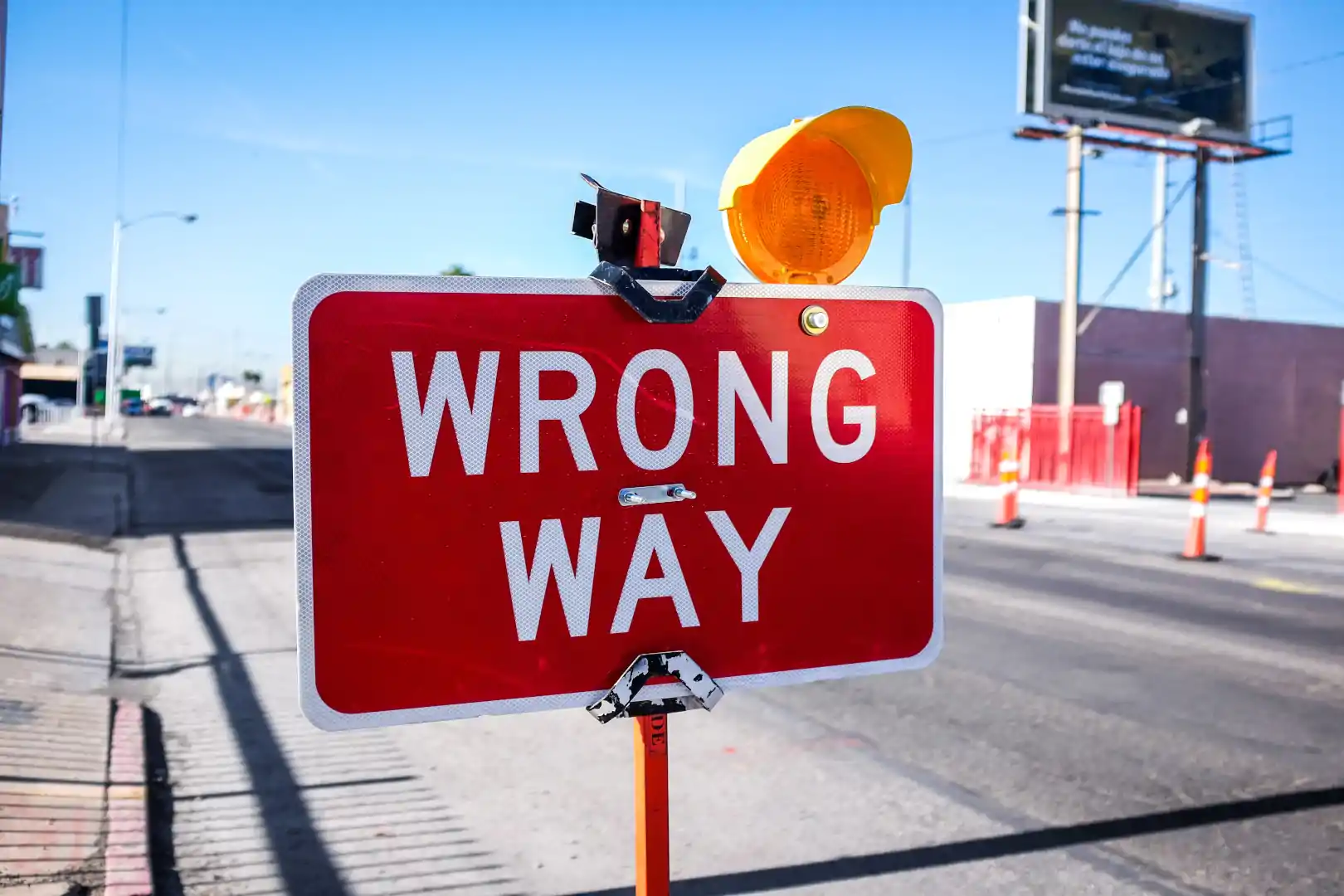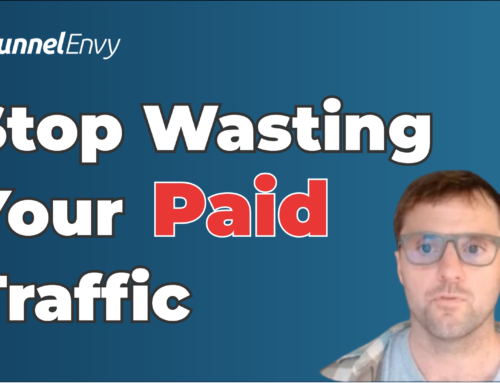We all come across landing pages in day-to-day web browsing. From consumer purchases to complex business decisions that affect large organizations, landing pages are often the foundation for commerce on the internet. A landing page might have many different parts or components from a technical perspective, but a good page has a singular goal: getting a page visitor to take an action, whether that’s to sign up for a newsletter, set an appointment, or purchase a product.
When it comes to complex components like landing pages, successful execution can seem overwhelming. With so many different options and factors to think about, how can you give yourself and your team a process that results in the consistent creation of productive landing pages?
At FunnelEnvy, we sometimes find it easier to advise clients and prospects on what not to do when building out their landing pages. When you know what you should be staying away from, it’s easier to direct the project into success.
Below are three landing page design mistakes we see most frequently, why they matter, and how you can correct them, so they don’t cause leaks in your funnel that cut into your company’s growth.
Overloading the Page with Copy
When working on creating a landing page, it can be tempting to include every single benefit of your company’s offering, information about past users, quantitative statistics about how your product or service has helped, and so on. Resist the initial urge to be exhaustive on a landing page. In today’s era of browsing on mobile devices and shorter attention spans, it’s almost always better to convey information with the fewest words.
Some marketers – particularly those in complex B2B fields that involve a lot of technical jargon – may push back on this idea, believing that they have to include as much detail as possible to speak to an educated buyer. Depending on which stage of your funnel the landing page is placed, this approach could still work – so long as the content you include is well-formatted and scannable. Make sure to use headers no matter how long or short your page is, and if you include a significant amount of text, it might be wise to include a basic navigation menu that allows visitors to jump from section to section.
Finally, remember that text shouldn’t be the exclusive medium you use to communicate on your landing page. Putting aside the difficulty of reading long-form text on the small screen of a phone or tablet, many people just prefer getting information from videos no matter what device they use. In a survey by HubSpot, over 50% of consumers of all ages reported wanting more video content from businesses they support.
Giving Users Too Many Choices
Along the same lines as including too much content, giving users too many choices is another fatal landing page error. Again, the tendency here for inexperienced marketers is to try to squeeze as many conversion events as possible out of each prospect or page visitor. And while there’s nothing wrong with striving for efficiency, giving people multiple paths to take often means they decide to walk none of them.
Yet too often, marketers can’t resist adding that small email signup box on the sidebar, or linking page visitors to a similar offer they might like since they were interested in the original one. It may seem harmless to you since you’re focused intently on crafting the best possible landing page. But to your prospect, your landing page is just one (probably small) element in a day likely full of complicated tasks and responsibilities. Several visitors will leave if it’s too difficult to figure out the right path on your landing page. By some statistics, landing pages with multiple offers get 266% fewer leads than pages with a single offer.
while there’s nothing wrong with striving for efficiency, giving people multiple paths to take often means they decide to walk none of them. Share on XKeep things simple for your page visitors by limiting your landing page to one offer. If you feel strongly about including a plug for your newsletter or another offer relevant to your current funnel, save it for the confirmation or “thank you” page after the visitor has already converted on your main offer.
Poor Load Time (or Other Technical Issues)
One of the major advantages of keeping your landing page minimal regarding content and conversion offers is that it also keeps the page light from a technical perspective. You could have the best offer in your industry with compelling landing page copy and slick, captivating visuals that make visitors want to know more about your product or service. It won’t matter if the technical side of your landing page falls.
According to Google, an increase in page load time from one second to three seconds can increase the page’s bounce rate by almost one-third. In their rush to build a creative, aesthetically-pleasing landing page that will also convert, many marketers forget to consider the technical side of building a successful landing page.
A few common reasons your landing page might be slow loading include:
- Too many plugins. Many great marketing automation tools can enhance your web experience for visitors and provide you with a better understanding of their behavior through data. Unfortunately, having too many plugins can also cause your landing page to drag when people try to load it.
- Images not optimized. Even if you size your images properly, they could be in the wrong format or not compressed the right way. There’s no need to work on manual image optimization. Plenty of helpful plugins and online tools can automatically take your images and compress them to load quickly on the web.
- Caching problems. Page caching allows small files to be stored on a user’s computer the first time they access a site to increase load speed, but it also helps a page load more quickly on subsequent visits. This fast loading is important if you expect it might take a few visits for an average conversion, which is often the case with complex B2B offerings.
Broken or wasteful code and outdated plugins can also cause issues with how a site loads.
The Last Word on Landing Page Design
As marketers, we are all about efficiency. The goal of any campaign or initiative is to generate the most significant number of leads and sales with the smallest possible investment of time and money. But there are some aspects of marketing where streamlined simplicity should be the name of the game.
That’s the case when it comes to landing pages. By avoiding the common issues mentioned in this post – too much text, too many different offers, and slow page load time – you can bring your audience some simplicity. Doing so will guide them down a path to purchasing something that will ultimately help make their life easier, making them more productive or allowing their organization to remove critical roadblocks affecting progress towards important initiatives.
Looking for some expert help with your landing pages? Click here to fill out a short quiz to determine whether or not our team is a good fit for your needs.







